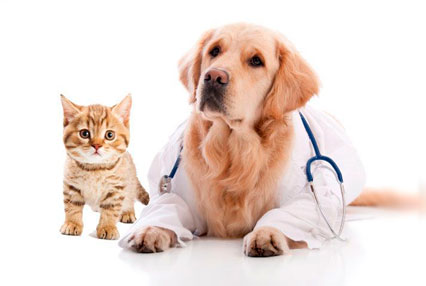 |
 |
 |
 |
 |
 |
|
 |
|
 |
|
 |
|
 |
|
 |
 |
 |
 |
 |
 |
 |
 |
pet insurance rate increases explained for everyday pet ownersWhat drives the hikesPremiums rise because medical care gets pricier, pets age into higher risk brackets, and local costs shift. Insurers also face claims inflation, more advanced veterinary treatments, and breed-specific trends that change loss forecasts. How pricing worksMost carriers pool risk and target a loss ratio, then apply age, breed, and ZIP factors. Reinsurance costs, regulatory filings, and taxes are layered on. Your history matters for discounts, but increases usually reflect the whole cohort rather than a single claim. Steps you can take
At renewal, expect notice 30–60 days ahead, a breakdown of base rate, age factor, and trend, plus fees. Accident-only plans rise more slowly, while rich wellness add-ons move with care prices. If the jump is steep, request a midterm downgrade rather than canceling outright. https://www.bankrate.com/insurance/pet-insurance/causes-for-pet-insurance-increases/
Generally, dogs are more expensive to insure than cats due to their size, higher risk of injury, and the cost of treatments associated with ... https://www.embracepetinsurance.com/waterbowl/article/premiums-increase-as-pets-age
At Embrace Pet Insurance, we understand that this deepening bond comes with a desire to provide the best possible care, regardless of age. https://www.nbcnews.com/business/personal-finance/pet-insurance-dogs-cats-rising-prices-denied-claims-rcna93933
A leader in the field, Trupanion, told a New Jersey pet owner his premiums would not go up more than 20% a year. But now Trupanion says they may go up 33.6%.
|